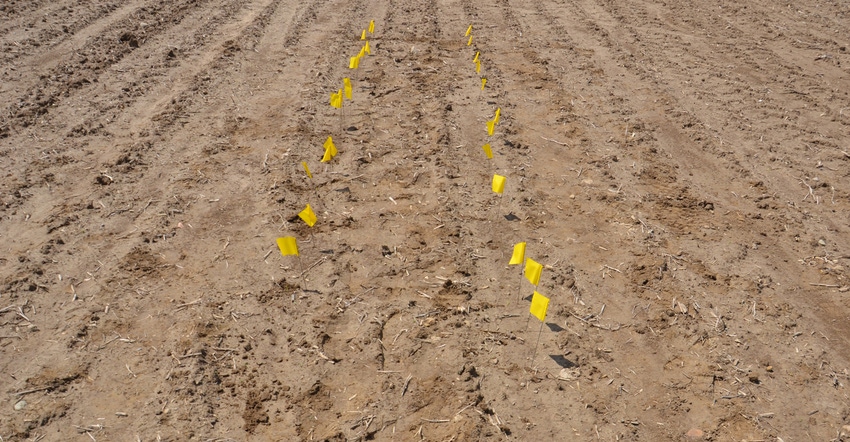April 13, 2021

Seedling stage is the most critical phase in the life of a corn plant. If we understand how crops grow, we can do a better job of meeting their needs and improve yields. Let’s look at what happens as young corn plants develop.
Here is a stage-by-stage description for the early part of the season. Corn Watch ’21 is sponsored by Seed Genetics Direct of Jeffersonville, Ohio:
V1 to V2. It takes 110 to 120 Growing Degree Days for corn seedling emergence. Seedlings emerge when the coleoptile, the spear-like leaf, pierces thru the ground. First and second leaves develop six to seven days after the seedlings emerge. The first roots start to supply water and nutrients to young seedlings. Roots are very small and banded fertilizer close to the roots should be very helpful in stimulating early growth.
V3 to V4. About two weeks after emergence, the third leaf starts developing. Seedling roots stop and secondary roots known as nodal roots start growing. These become the permanent root system. At V3 to V4, make sure weeds are under control. Apply postemergence herbicides if necessary. Even small weeds can affect yield.
The growing point stays below ground for three to four weeks and is protected from frost or insects on the surface. Don’t cultivate too close to the plant after this stage because roots may be damaged. Freeze at this stage may hurt the leaves but the growing point isn’t destroyed since it’s below ground. Don’t think about replanting at this stage. Nodal roots are growing fast and start taking responsibility for gathering water and nutrients for the whole plant. Root hairs also start growing.
V5. Four nodes develop below ground. Generally, the first node above the ground is the fifth node. Even at this early stage, leaf and ear shoots are starting to develop. Take care of young plants and you will have productive, healthy adult plants. Watch out for seedling blights that may be caused by Pythium, Fusarium, Gibberella and other fungi in cold, wet soils mid-April to mid-June. Use of good seed treatments is strongly recommended to prevent pathogens from affecting seedlings.
At seedling emergence, young plants face many hurdles such as nutrient deficiencies, seedling diseases like Pythium and Stewart’s bacterial blight, slugs and insects such as black cutworms. Adequate stand establishment is crucial for a good crop. Corn rootworm beetle larvae can attack roots during June and early July. Adult beetles clip silks later and may interfere in the pollination process during July and early August.
Watch out for these insects if you’re growing GMO corn where the trait fails or non-GMO corn if you have not used insecticide. If the spring is wet in your area, watch out for slimy little creatures like slugs. They appear harmless but can cause considerable damage, especially, in low-lying areas.
V6 to V8. Be sure to sidedress with nitrogen before plants are too tall if you are going to apply additional nitrogen. Check for deficiency of nutrients such as sulfur, as well as zinc, magnesium and other micronutrients.
Nanda is director of genetics for Seed Genetics Direct, Jeffersonville, Ohio. He will scout the Corn Watch ’21 field during the season. Contact him at [email protected] or call 317-910-9876.
About the Author(s)
You May Also Like






